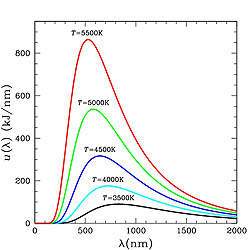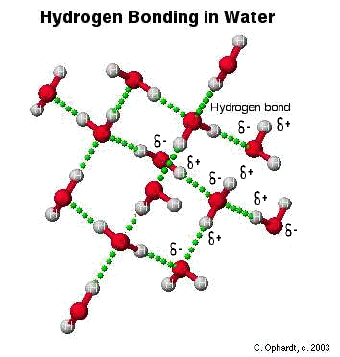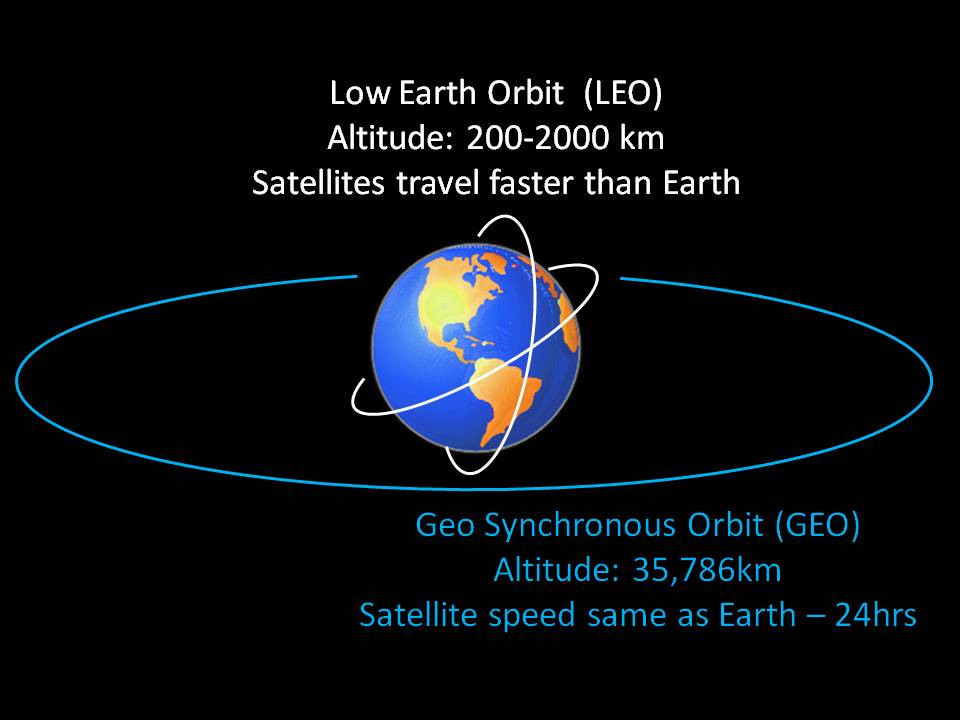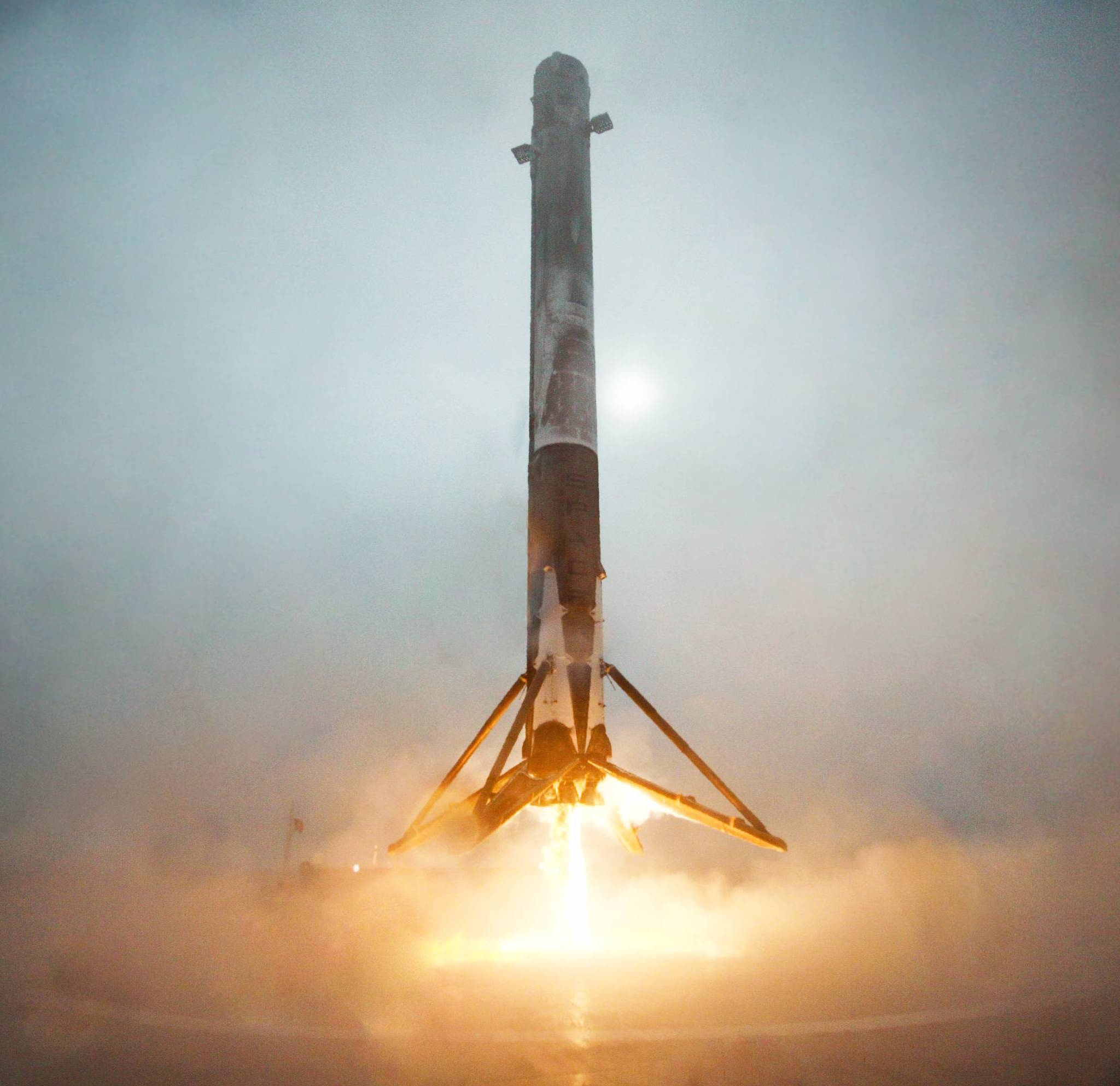Embedded Teeacher Wksp 2022-23
LEO Art Challenge Workshop
ICE 2019: Satellite Tracking, Orbits, and Modeling
SEEC 2019: Satellite Tracking, Orbits, and Modeling
Workshop:ITEC Trek-a-Sat
Workshop: 2018-01-27 Yerkes
Workshop: 2017-10-28 Carthage-Yerkes Electrostatics in Space
Workshop: 2017-06-29-BTCI-Life in Space!
Workshop: 2017-03-11 Yerkes
Workshop: 2017-02-07 SEEC
Workshop: 2017-01-28 Yerkes
Tools You Might Use
Educational Learning
Standards
Documentation
Developing Space High School & University
This category includes projects, courses, and reviews created by teacher and students!

Lift is explained as resulting from circulation, and is not the consequence of the widely held but the erroneous equal transit time hypothesis. Both wind tunnel observations and the author's own wing modeling in OpenFoam are used to explain what really happens. This lecture puts the Bernoulli equation in lift generation in proper perspective. The presence of lift in other atmospheres, such as found on Mars, is discussed.
- Manager: Lynne Zielinski
- Teacher: Peter Higgins, PhD

Blackbody Radiation and the Stars
Helpful Pre-requisite project: Electromagnetic Waves
Written by: Kathy Gustavson, June 2016
Grade (Age) Levels: High School (14-18+)
Topics: Blackbody radiation, Wien's Law, Stefan-Boltzmann Law, dual nature of light.
This module is a summary of the relation between temperature, energy, and the light emitted by the objects we see in the universe.
image credit:http://nasaphysics.cet.edu/images/radiaion.png
- Manager: Frances Dellutri
- Manager: Nick Sitaras
- Manager: Lynne Zielinski
- Teacher: Kathy Gustavson
- Teacher: Bonnie A Thurber

Written by: Suzanne Monir, EIS Education Team Member, December 2015
Title of Lesson: Chemical Bonds
Topic: Intermolecular and Intramolecular bonds, Surface Tension, Capillary Action
Grade (Age) Level: High School (Ages 14-18), University
This project is a review of the forces present within molecules. Recall
that intermolecular forces control the physical properties of a
substance, while intramolecular forces control its chemical properties.
Such properties include bond energy (heat required to break molecule
into individual atoms) and flammability. How does that impact experiments in microgravity?
- Teacher: Suzanne Monir
- Non-editing teacher: Wendy Perry
Written by: Suzanne Monir, Wilson Ho, Miguel Rico, Kimberly Tran, EIS Education Team Members, April 2016
Title: How to Design a Microgravity Experiment
Topic: Grade (Age) Level: High School, University
Grade (Age) Level: High School (Ages 14-18), University
Title: How to Design a Microgravity Experiment
Topic: Grade (Age) Level: High School, University
Grade (Age) Level: High School (Ages 14-18), University
This course is to help students focus their efforts in the task of designing a microgravity experiment for EIS.
Experiment Design, Microgravity considerations, microbiological experiments, physical experiments, engineering experiments and physical experiments
Needs quiz and survey in the bottom
- Manager: Sophia Vlahakis
- Managers: Wilson Ho
- Managers: Suzanne Monir
- Managers: Miguel Rico
- Managers: Kimberly Tran

Low Earth Orbits
Written by: Kathy Gustavson
Grade (Age) level: High School (ages 14-18), University
This course is to help students focus on their efforts in the task of learning about Low earth orbits: characteristics, advantages and disadvantages.
Topic areas: Intro to projectiles, speed, period, and launching of LEOs. Examples of uses. Problems with space debris.
- Teacher: Kathy Gustavson

Title of Lesson: Recent Space Developments
Topic: SpaceX Reusability Program, CubeSats, Philae, Orbital debris, Experiment Design
Written by Miguel Rico with edits by Suzanne Monir, EIS Education Team Members, January, 2016
Grade (Age) Level: High School (Ages 14-18), University
Summary: In recent times, there has been a great deal of development in space. Some of the more recent developments will be summarized here for learning purposes and to help guide you in creating potential microgravity experiments. In order to better understand where you think your contributions will be most useful, this course has been created to help you understand recent space developments and where our technology has taken us.
- Teacher: Suzanne Monir
- Teacher: Miguel Rico
